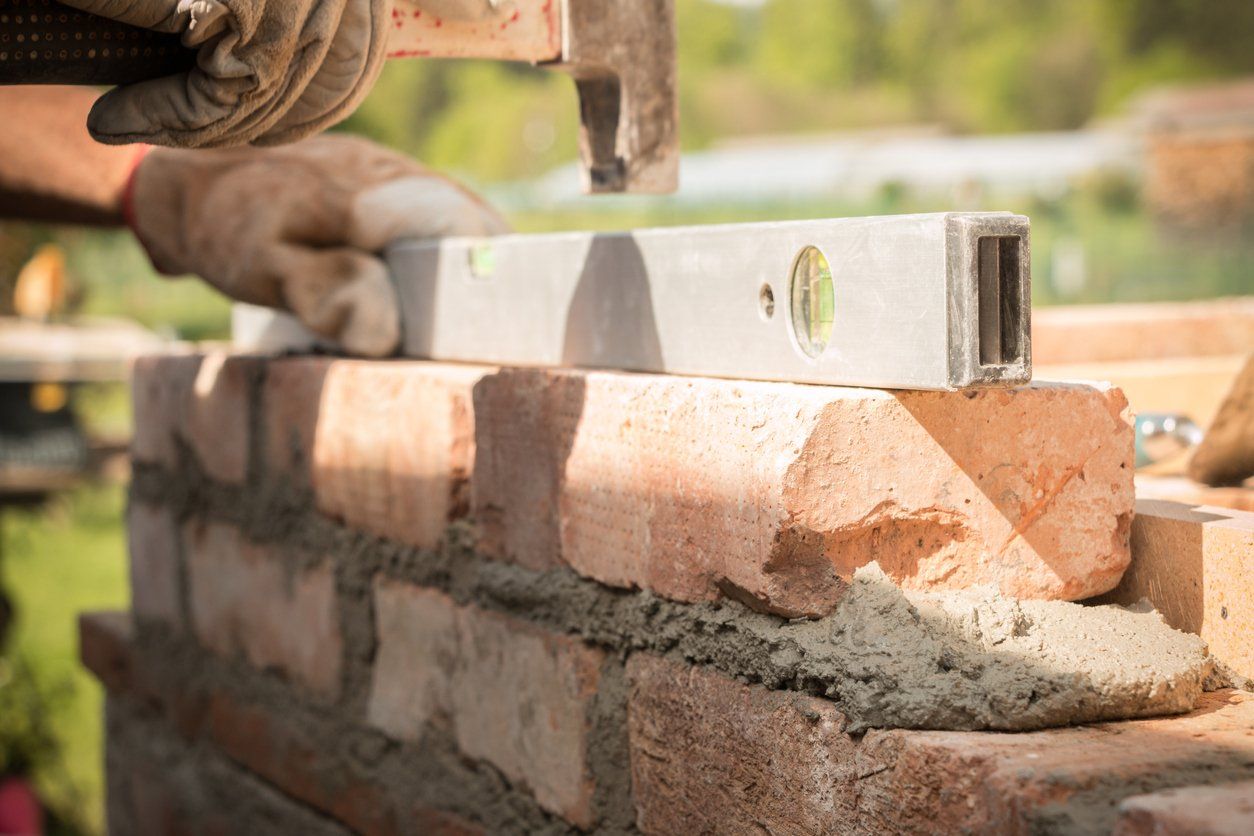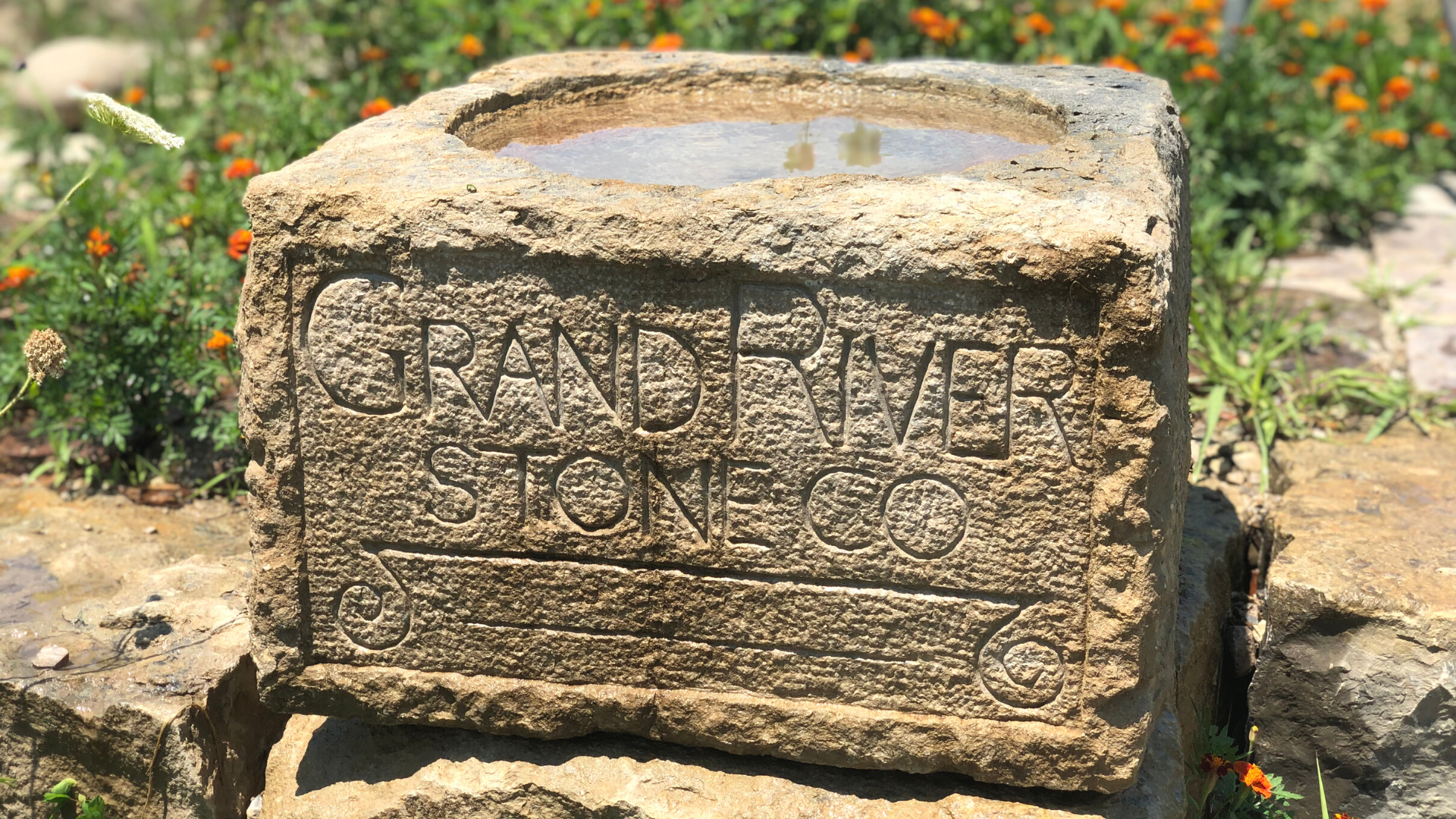Tools Needed to Build a Limestone Block Retaining Wall
September 30, 2022
Building a retaining wall requires a systemic approach to ensure that it works properly and stays intact. The purpose of a retaining wall is to withstand lateral pressure that causes the soil or rocks to collapse or slide. Some may choose to attempt the building process themselves, or you can hire a team of experts to do the heavy lifting for you.
If you choose to do it yourself, you will need to use various tools and materials throughout the building process to make the work easier and prevent flaws in your wall. Here is a brief overview of the tools required for building a retaining wall and each tool's role in the building process.

Crucial Tools For Building Your Own Retaining Wall
The following tools are essential for building a limestone block retaining wall. Each of these tools plays a specific role. Failure to use some of these tools can stall or compromise the building process – however, you can improvise some of these tools if you are handy:
Rake
You will need a rake to spread out and level gravel. Raking the gravel is necessary when building the retaining wall's base and backfilling the empty spaces after building the second course. Alternatively, you can improvise using a hand fork or trowel.
Shovel
A shovel is essential for digging, collecting, and moving aggregates such as dirt, gravel, and sand. A round-point shovel is recommended for moving plants and digging, while a square-blade shovel is recommended for collecting and moving gravel and sand.
Wheelbarrow
Building a retaining wall entails collecting, carrying, and moving heavy stones and aggregates such as sand and gravel throughout the process. A wheelbarrow will come in handy by saving you work and time – the alternative is carrying the heavy stones and other aggregates by hand, which can be exhausting.
Hammer & Chisel
Building a retaining wall entails using stones of different shapes and sizes. The largest and flattest stones go at the base, while the widest, smoothest, and good-looking ones go at the top. You may need a brick chisel to reshape and resize some of the stones.Cutting and reshaping stones also requires a hammer or maul with which you can hit the brick chisel. You can also use the hammer to knock against loose stones when making them fit into tight spaces.
Carpenter's Level
Each of the retaining wall's courses should be straight and level. Placing a carpenter's level across multiple stones at a time will help you verify whether the course is level.
Hand Tamp
The retaining wall should be compact, or it will disintegrate and crumble away. A hand tamp is essential for compressing loose gravel and sand. Alternatively, you can rent a power tamp to maximize compactness and ease your work.
Use Only Premier Quality Limestone Blocks
The integrity of your retaining wall will depend not only on the efficiency of the building process, but also on the quality and weight of limestone blocks used. Grand River Stone provides the best quality pre-cut limestone blocks for easier and quicker installation in Kansas City. Do you have a retaining wall project coming up? Get in touch with Grand River Stone today to learn more about our limestone solutions.
Business Hours
- Mon - Fri
- -
- Sat - Sun
- Closed
Service Area
© 2024 | All Rights Reserved | Grand River Stone | Privacy Policy
Web Design by Tekkii, LLC

